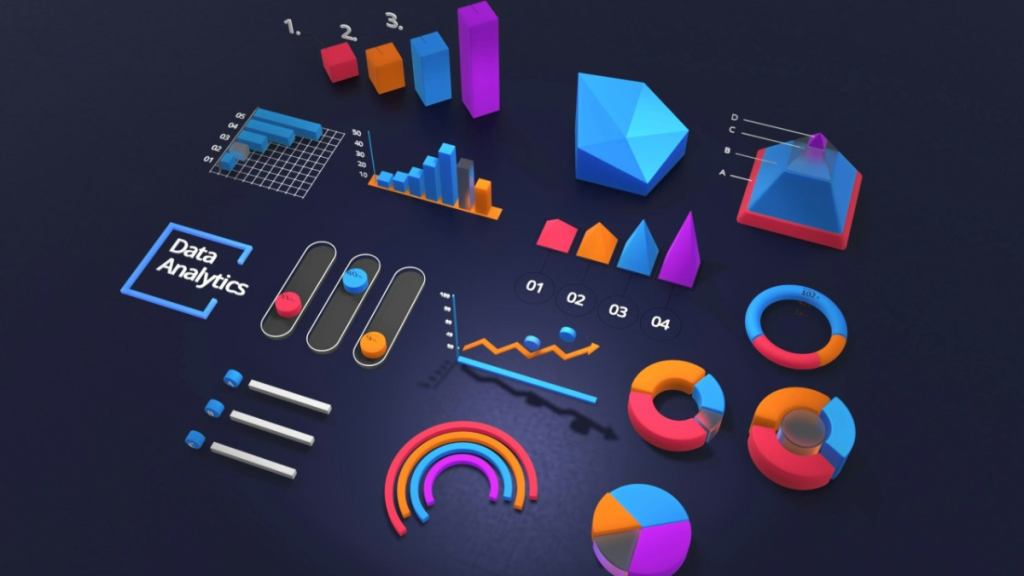In an increasingly competitive market landscape, businesses can no longer afford to make decisions based solely on instinct or outdated metrics. The modern economy demands precision, agility, and informed action—and performance analytics provides the tools to deliver exactly that. By harnessing the power of real-time data, organizations can uncover hidden revenue opportunities, optimize sales strategies, and drive sustainable growth.
Why Traditional Sales Strategies Are Falling Short
For decades, businesses have relied on standard sales reports and quarterly forecasts to plan their strategies. While these methods offer a general view of performance, they often fail to capture the nuance and speed required to compete in today’s data-rich environment. Static reports are prone to lag, meaning that by the time a trend is identified, the window of opportunity may have already passed.
Performance analytics, in contrast, delivers continuous insights across departments, enabling decision-makers to act quickly based on what’s happening now—not last quarter. With tools that transform raw data into intuitive dashboards and actionable visualizations, sales teams are better equipped to monitor performance, detect patterns, and adjust strategies in real-time—ultimately unlocking new revenue potential through effective performance analytics softwares.
Seeing the Full Picture: Integrated Sales Intelligence
To effectively grow revenue, companies need more than isolated sales data—they need a full-picture view that connects inventory, customer behavior, financial trends, and operational performance. Performance analytics platforms enable exactly this type of integration, breaking down silos and allowing organizations to uncover correlations they might otherwise miss.
For example, aligning sales data with supply chain insights might reveal that a frequently promoted product is consistently out of stock in a particular region. Or cross-referencing customer engagement data with historical sales might indicate an overlooked market segment with high conversion potential. These types of connections are nearly impossible to surface manually but become immediately apparent with automated analytics tools.
Moreover, sales leaders can segment performance by geography, team, product line, or time frame—all within a few clicks. These insights enable agile decision-making and ensure that resources are directed toward the most promising opportunities.
Empowering Sales Teams with Real-Time Feedback
One of the most powerful benefits of performance analytics is its ability to empower individual sales reps and managers alike. By giving teams real-time access to their performance metrics, companies foster a culture of accountability and continuous improvement.
Instead of waiting for end-of-month reports, sales reps can track their progress toward goals daily. They can see which products are moving, which customers are responding, and how their efforts compared to peers. This type of visibility not only boosts motivation but allows for quicker course correction when needed.
Managers, in turn, can identify top performers and replicate their success across the team. They can also spot lagging performance early and provide targeted coaching or resource support. With performance analytics, sales oversight becomes proactive instead of reactive.
Forecasting with Confidence
Accurate forecasting is essential for planning inventory, staffing, and financial investments—but traditional forecasting methods often fall short due to their reliance on historical data and linear models. Performance analytics introduces a dynamic, forward-looking approach.
Modern platforms use historical patterns, current sales trends, seasonal fluctuations, and external factors to create adaptive forecasts. Businesses can simulate different scenarios—such as the impact of a new pricing model or a shift in marketing strategy—and see projected outcomes before making a move.
This level of forecasting precision not only reduces risk but also uncovers opportunities. A well-informed forecast might highlight an underserved product category ripe for expansion or suggest a more profitable product mix for a particular region.
Enhancing Customer Relationships Through Data
Sales growth isn’t just about closing more deals—it’s also about building stronger, longer-lasting customer relationships. Performance analytics can help identify patterns in buying behavior, preferences, and churn risk, allowing businesses to tailor their outreach.
For instance, analyzing past purchase histories can help teams recommend relevant upsells or renewals at the optimal time. Insights into customer lifecycle trends can also guide loyalty programs and retention strategies.
In B2B environments, where relationships are often complex and long-term, having access to comprehensive customer data ensures that every touchpoint is informed and strategic. Sales reps can enter meetings with deep knowledge of the customer’s order history, service interactions, and business context—enhancing trust and credibility.
Breaking Down Barriers to Adoption
While the benefits of performance analytics are clear, some organizations hesitate to adopt these tools due to concerns about complexity or cost. However, today’s solutions are increasingly user-friendly and scalable, making them accessible even for small and mid-sized businesses.
Modern platforms often come with customizable dashboards, drag-and-drop interfaces, and cloud-based access—removing the need for IT-heavy implementation. Many also offer training and support to ensure adoption across departments.
Importantly, performance analytics doesn’t replace existing systems—it enhances them. By integrating with CRMs, ERPs, and financial platforms, these tools pull in familiar data and present it in new, actionable ways.
The Bottom Line: Driving Smarter, Faster Growth
At its core, performance analytics is about clarity. It brings transparency to the sales process, reveals hidden inefficiencies, and empowers everyone in the organization to make smarter decisions. In a world where speed and precision can make or break a deal, having access to the right data at the right time is a competitive necessity.
As businesses seek to recover from market disruptions, capture new opportunities, and future-proof their operations, performance analytics offers a direct path to revenue growth. It’s no longer a luxury—it’s a strategy.
By embracing platforms like Phocas Software, organizations can transform the way they operate, turning data into their most valuable asset.

